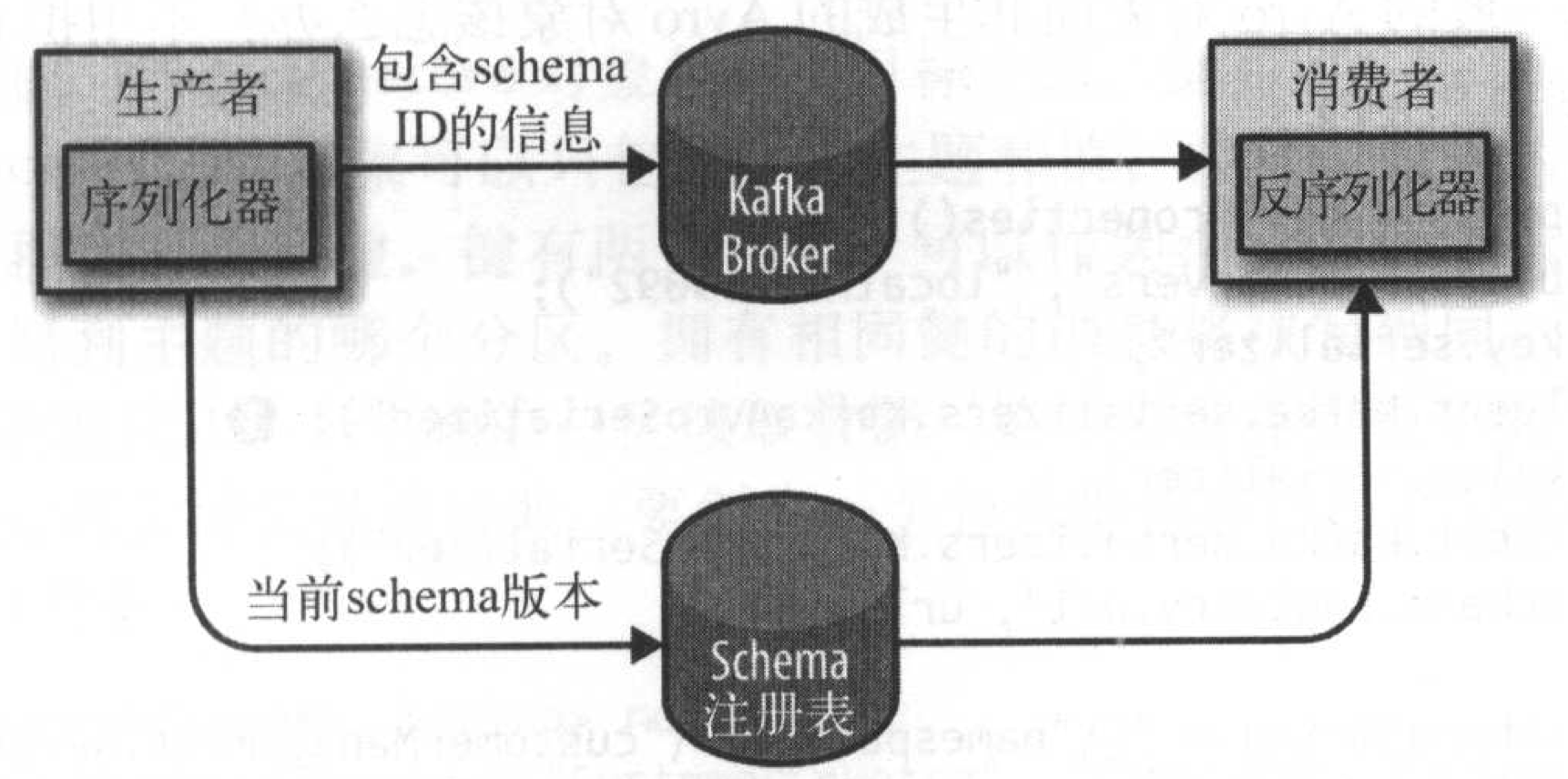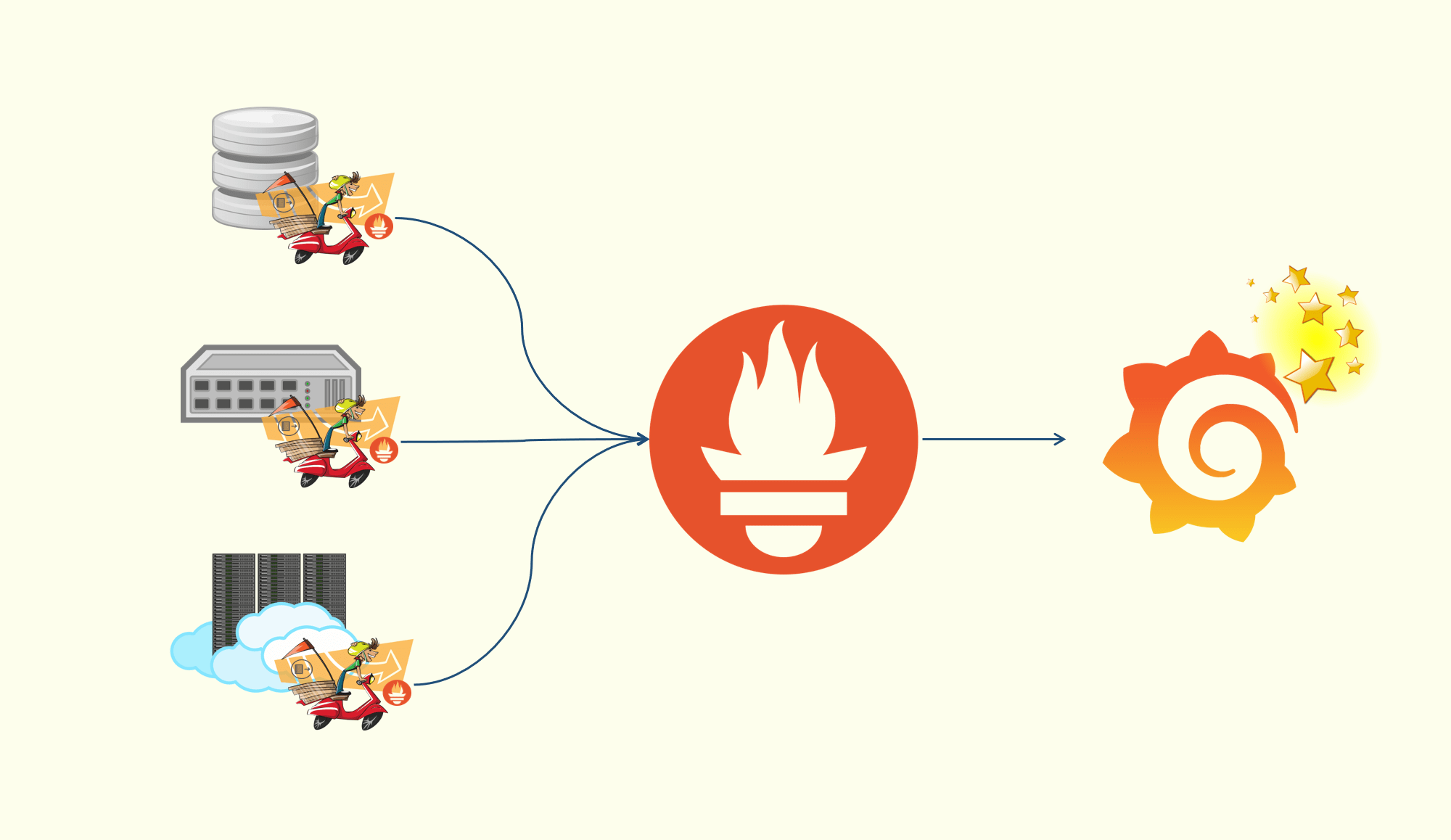1
2
3
4
5
6
7
8
9
10
11
12
13
14
15
16
17
18
19
20
21
22
23
24
25
26
27
28
29
30
31
32
33
34
35
36
37
38
39
40
41
42
43
44
| private static final String TOPIC = "zhongmingmao";
private static final String USER_SCHEMA = "{\"type\": \"record\", \"name\": \"User\", " +
"\"fields\": [{\"name\": \"id\", \"type\": \"int\"}, " +
"{\"name\": \"name\", \"type\": \"string\"}, {\"name\": \"age\", \"type\": \"int\"}]}";
public static void main(String[] args) throws Exception {
Properties props = new Properties();
props.put("bootstrap.servers", "localhost:9092");
props.put("key.serializer", KafkaAvroSerializer.class.getName());
props.put("value.serializer", KafkaAvroSerializer.class.getName());
props.put("schema.registry.url", "http://localhost:8081");
Schema.Parser parser = new Schema.Parser();
Schema schema = parser.parse(USER_SCHEMA);
Producer<String, GenericRecord> producer = new KafkaProducer<>(props);
Random rand = new Random();
int id = 0;
try {
while (id < 100) {
id++;
String name = "name" + id;
int age = rand.nextInt(40) + 1;
GenericRecord user = new GenericData.Record(schema);
user.put("id", id);
user.put("name", name);
user.put("age", age);
ProducerRecord<String, GenericRecord> record = new ProducerRecord<>(TOPIC, user);
producer.send(record);
TimeUnit.SECONDS.sleep(1);
}
} finally {
producer.close();
}
}
|












